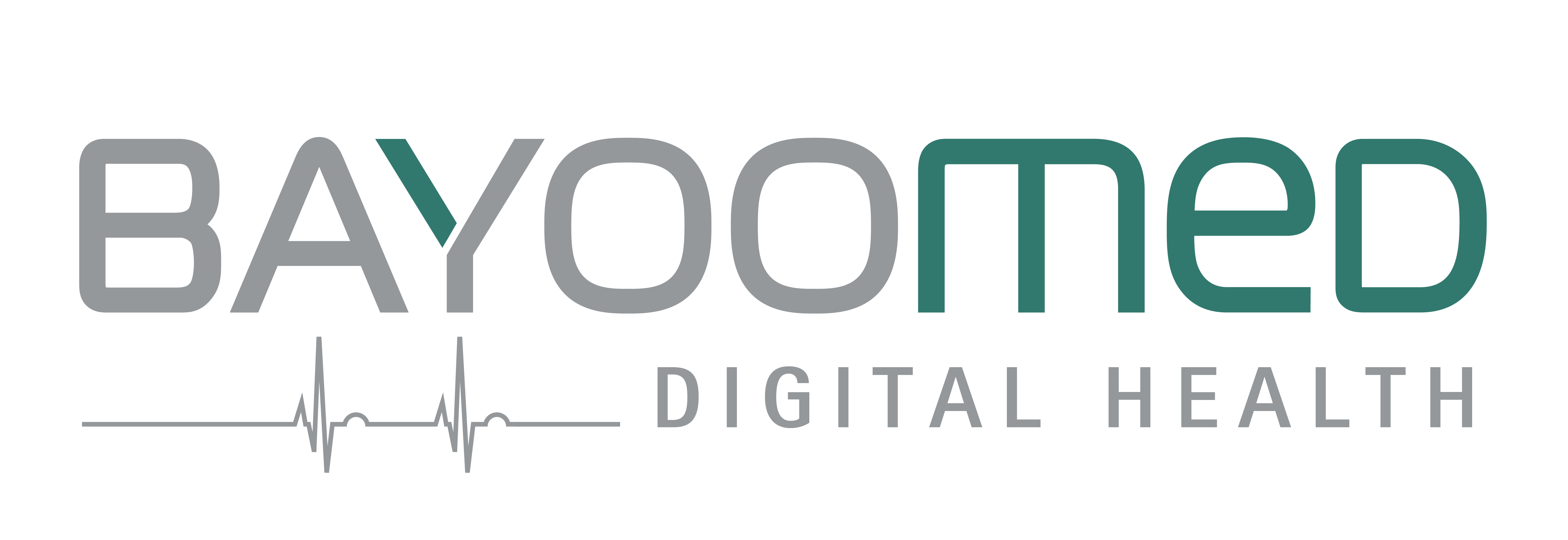What is important in the clinical evaluation according to MDR
The changeover from the MDD to the MDR has significantly increased the effort required for the clinical evaluation of medical devices. The MDCG 2020-13 now explicitly asks whether several scientific publication databases were searched in order to avoid bias. This is to ensure that, for example, important information about the medical device that can only be found in a database is not overlooked. This means that it is no longer sufficient to simply search a database, as it was possible with the MDD.
The “Essential Requirements” (ER under the MDD) have now also become “General Safety and Performance Requirements” (GSPR). It is also important to list all GSPRs relevant to the clinical evaluation and to demonstrate compliance with clinical and non-clinical data. The ERs have been expanded again and defined in greater depth. For example, the GSPR added further requirements for manufacturers regarding the IT security of their medical devices.
Equivalences: Requirements for an equivalent product
The requirements for equivalent products have also increased significantly. Thus, technical, biological and clinical parameters must now be precisely compared with each other and largely match in order to claim equivalence. For medical software products, for example, equivalence is required right down to the core of the software: the software algorithm.
This is where the difficulty arises, because manufacturers need access to the technical documentation of the equivalent product in order to obtain all the necessary information required for equivalence. This is not a problem with an in-house product. However, equivalence is often claimed for competitors’ products.
The “Performance and Safety Endpoints” of the clinical evaluation
The “Performance and Safety Endpoints” also became (more) important as a result of the MDR. Under no circumstances should manufacturers forget these, as their absence will be unpleasantly noticed in the Notified Body’s Deficiency Report at the latest. Important here are all relevant and comprehensible parameters that are based on the latest medical knowledge for the product (state of the art).
In addition to searching multiple databases, the requirements for literature research and evaluation have also increased. The search process must be clearly defined and comprehensible. The basis for evaluating the literature must also be comprehensible and meaningful for the evaluating literature.

